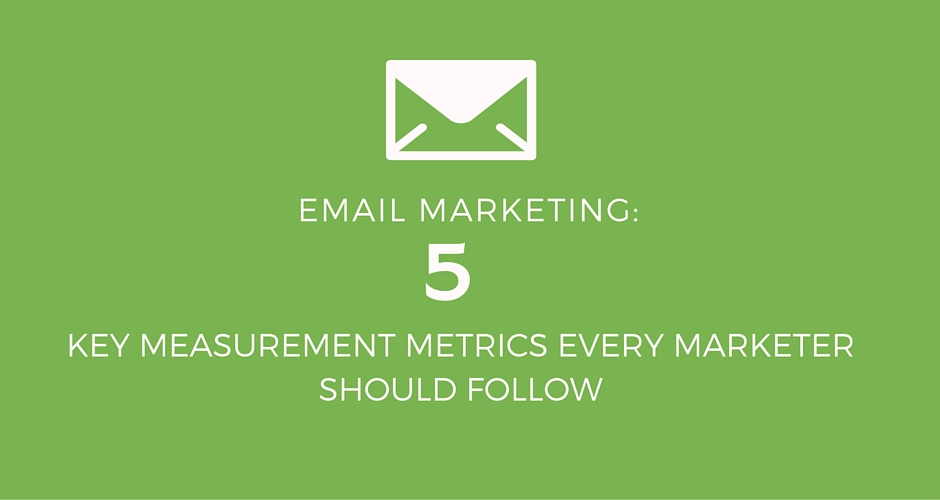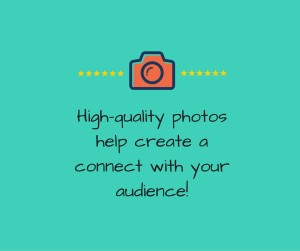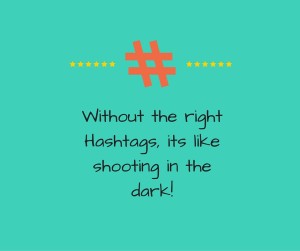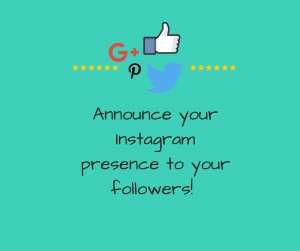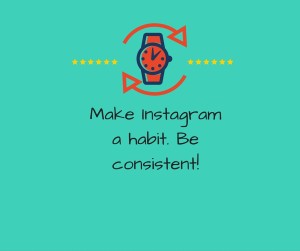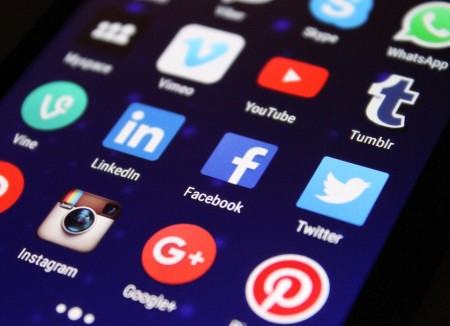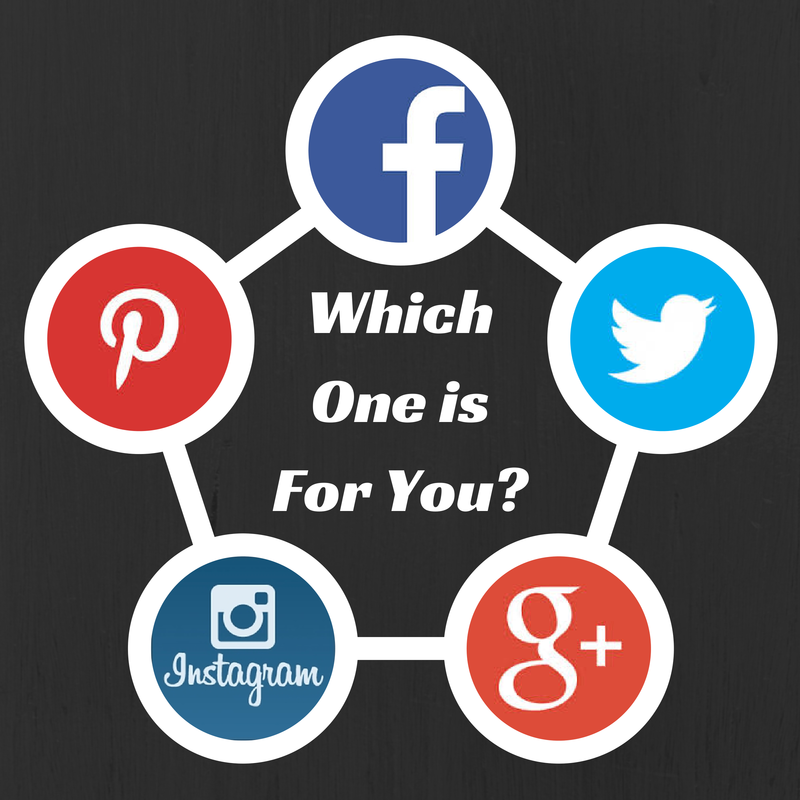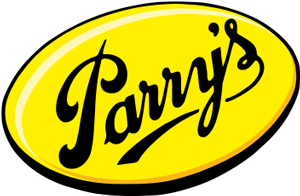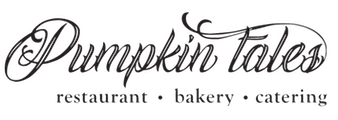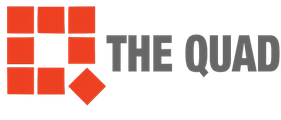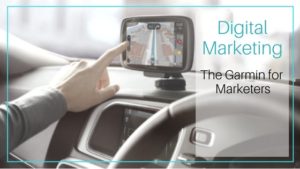
Imagine you’re driving in a new city and there is no GPS, Google maps or Garmin. All you have is a plain old roadmap! So, how does the drive go? Seems old school in this day and age right?
We draw the same parallel between traditional media marketing and digital marketing, where the digital genre combines the power of knowledge, technology and data to give marketers a superhuman edge. Just as the GPS keeps guiding you through your drive, digital marketing can provide the marketer and the brand relevant data through the entire marketing and sales conversion process.
Here is our list of tried and tested strategies within digital marketing for better tracking, real-time tweaks and greater results!

1. Target the Right Audience
Translating the WHO (is your buyer) from your brand positioning into a target audience within digital platform is the most most important first step. Who is seeing/consuming the brand’s content?
Who should be? Like dropping a pin on a digital map, targeting your messages to the right audience is the easiest way to get your brand communication to the right people.
USING FILTERS FOR DEMOGRAPHICS, DIGITAL BEHAVIOURS AND PROXY INTERESTS, IT IS EASIER TO ZONE IN ON THE RIGHT TARGET GROUP IN THE DIGITAL WORLD.
A test case was when one of our clients ran an online sale for high-end fitness equipment. As their digital marketing partner, our goal was to generate high quality traffic to the website. Here is how we went about the targeting to deliver results: Buyer-persona driven content, precision targeting through carefully chosen audience sets based on demographics and interests, pixel tracking of website audience thru web beacons to re-market on Facebook and look-alike audience sets to further increase the reach; these were the tools from our digital marketing kit that helped us deliver a multi-fold increase in relevant website visitors. The client received a significant number of leads in the form of queries, add to carts, interest submission and many complete purchases.
2. Lead Nurturing – Dynamic, Digital
When the precisely targeted buyer ultimately reaches the brand website, the conversion to a customer may not happen the first time itself. It it important to understand this online browsing / buying behaviour for a category. In many instances, a person stays in the lead stage, with online research and multiple visits before making certain kinds of purchases. This is a key to achieving desired conversion levels.
THE BUYER MOST OFTEN NEEDS TO BE TAKEN THROUGH THE LEAD NURTURING PROCESS, BY SHARING REGULAR AND MEANINGFUL INFORMATION AND BY ENGAGING IN TIMELY CONVERSATIONS TO STEADILY BUILD HIS INTEREST IN THE BRAND. THIS WILL EVENTUALLY CONVERT HIM FROM A LEAD TO A CUSTOMER.
The first step to nurture leads is to collect authentic information that will allow the brand to stay in touch with the lead. Landing pages on websites and lead gen forms on social media are great ways to collect lead information. Does marketing end when you have collected the prospective leads? No! In fact, the fun of digital marketing starts right now!
Using the information that is collected, lead nurturing programs are carried out. These typically involve emailer-led drip marketing campaigns that serve content targeted to the buyer journey. The dynamic element comes in when using marketing automation or even segmented email activities – what this means is that depending on whether the lead is in the ‘awareness,’ ,‘evaluation’, or ‘purchase’ stage of the buying journey, emailer campaigns are created to share white-papers, tip sheets, webinar, demo video, free trial, coupons etc.
In the case of the fitness client, if a customer who visited the fitness equipment website went until the purchase stage of a particular equipment but did not go through with it for some reason, we nurtured the lead by sharing video tips on the benefits of the equipment he visited, re-marketed to the lead on social media and showed more products, share more brand information and so on. This is the power of integrating technology and data for a targeted lead engagement.
3. Engaging with the Customer
Two-way conversations with customers humanize the brand and help create a personal connect, apart from making the brand memorable for the customer through speedy responses or resolutions of issues.
Online chat support on websites are very useful to understand customer mindset during the online shopping experience. Social media platforms such as Facebook and Twitter are now extensively used as customer support media for instant resolution of queries and problems.
THERE ARE NOW MORE POWERFUL WAYS OF CREATING CONVERSATIONS WITH THE LEAD OR CUSTOMER THAT DID NOT EXIST IN THE PRE-DIGITAL ERA.

4. Personalized Communication
A one-size fits all approach is never the best. Digital marketing allows easy customization of communication to different audiences and buyer personas at the click of a button. Segmented emailers, targeted ad sets, sponsored messages, automated web-hooks are all ways in which the communication is personalized based on actions taken by the lead.
AUTOMATED MAILS CAN HELP REMIND POTENTIAL BUYERS OF ABANDONED CARTS, SEND A TROUBLESHOOTING GUIDE AFTER AN ONLINE PURCHASE, OR EVEN CROSS SELL BY REMARKETING ACCESSORIES FOR A PURCHASE, OR ENABLE AN IMMEDIATE CONNECT WHEN THE ONLINE PAYMENT FAILS.
These are proven techniques used by brands to increase online conversions.

4. Measure, Monitor and Modify
In many cases, the reason for failure of a marketing campaign is not that the campaigns lack creativity, quality materials or qualified personnel but because of their failure to monitor the factors contributing to the success and performance of their digital marketing campaign.
The key parameters that are typically monitored in a digital marketing campaign are:
Check Targeting: Are the marketing messages reaching the right target audience – Lack of focus in targeting – too broad an approach in an attempt to get as much mileage – usually ends up in a stream of low-quality leads that don’t convert. Facebook Insights gives quality information on social media presence traffic, which will enable brands to understand where most of the engagement comes from – demographics (gender, age, location etc) – and thus focus marketing campaigns to cater to these demographics.
Check Traffic Sources: Where is the traffic to the website coming from – Understanding the sources of traffic will help the digital marketer focus on the right campaigns to exploit the opportunity. Sources of traffic are usually emailers, social media, search engine and online ads.
Check Browsing Data: What content do the visitors find interesting – By analysing parameters such as the average stay per website visit and the visitor behaviour on the site, marketers can derive insights into the kind of content that interests the leads and appropriately modify the content strategy. Google Analytics is one such tool for such website. Marketing automation solutions or Inbound marketing systems like Acton and Hubspot also provide such tools. Emailer platforms such as Mailchimp and Benchmark also offer A/B testing options to test out different parameters that affect CTR such as type of content, subject line, delivery time etc.
Check Conversion Rates: What is the conversion rate – converting traffic – from emailer, ads, social media, search engine – into sales. This is at the core of all digital marketing efforts. By embedding pixel codes and UTM tracking URLs in the relevant website pages, the digital marketer can not only capture the conversion information but also break this down further into segmentation of leads, sources of the leads, where the lead dropped off, inferences on the products, content and a lot more. Google Analytics and Hubspot are popular tools used to monitor this inbound lead effectiveness.
Summing up: Just like how the modern day GPS has made driving a pleasurable, predictable experience, digital marketing makes marketing efforts of a brand efficient and effective.
You would now agree that:
Digital marketing helps increase ROI – The primary tool used in digital marketing is content. With all the content that is generated and repurposed across multiple platforms in a segmented way, digital marketing offers increased brand awareness at a fraction of the cost of traditional media, reducing expenses on marketing, advertising and sales.
Digital marketing improves efficiency – With all the targeting and monitoring, the quality of leads generated is relatively higher than other media, resulting in lesser wastage of sales effort since greater conversion tracking helps focus on most relevant audiences and leads, allowing for better conversion rates.
Marketing without data is akin to driving with your eyes closed! Using digital marketing, you can make your brand’s journey easier by smartly navigating at each step. So what is stopping you from making the best use of these resources that are literally just a click away?
Inception has worked with many B2B and B2C clients in driving their digital marketing initiatives. Please write to us at inception@inception.net.in if you would like to have a conversation on this (or anything else!)
A practitioner’s view by Aarthi Srinath, Partner at Inception Business Services
About the Author – A Marketing & Management professional with over 14 years of experience in marketing technology, consulting and business development. She has helped Fortune 500 companies and vibrant start-ups formulate and execute their marketing plan. Her passions outside work include cycling, cooking and travel – she is the fastest amateur woman cyclist in Chennai!
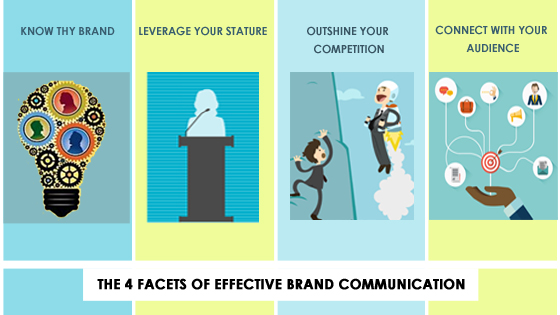

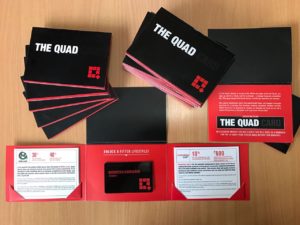






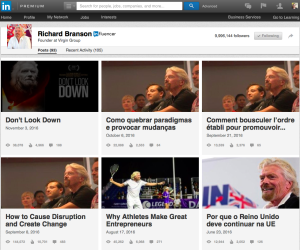
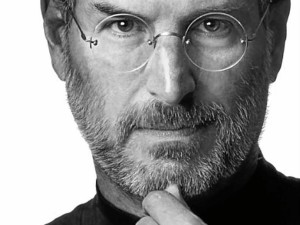











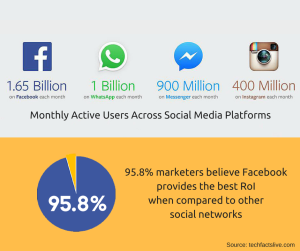
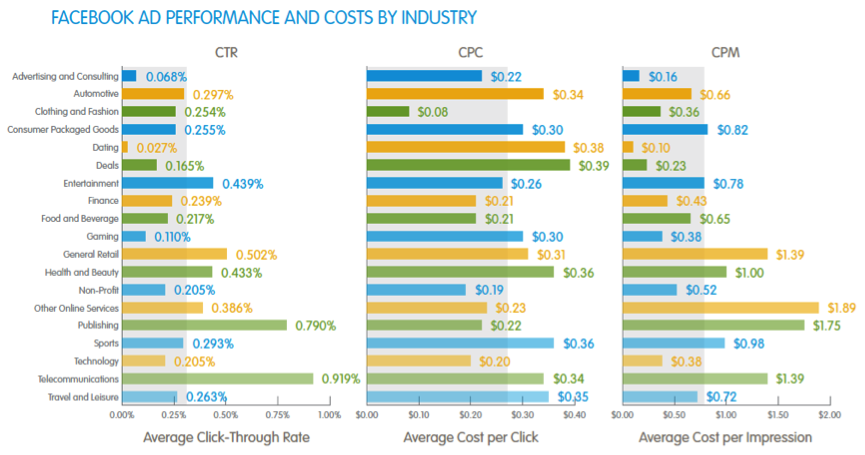 2. Pixel Codes: When you load FB ads that send audience outside social media to your website or online store or app on a marketplace, wouldn’t it be great to know what actions people take there on? Pixel codes are simply code that act as bridges – connecting your clicks on FB with your website traffic data. FB helps generate different kinds of pixel code which you need to embed into specific pages on your destination site. Once this is done, when people click your FB Ad, along with FB ad performance you get to know what that translated to at the click destination. Pixel codes can help track lead collection, subscriptions online, addition to shopping cart and more. With this information, a marketer can track ROI better from ads and also make tweaks during a campaign to improve the conversions..
2. Pixel Codes: When you load FB ads that send audience outside social media to your website or online store or app on a marketplace, wouldn’t it be great to know what actions people take there on? Pixel codes are simply code that act as bridges – connecting your clicks on FB with your website traffic data. FB helps generate different kinds of pixel code which you need to embed into specific pages on your destination site. Once this is done, when people click your FB Ad, along with FB ad performance you get to know what that translated to at the click destination. Pixel codes can help track lead collection, subscriptions online, addition to shopping cart and more. With this information, a marketer can track ROI better from ads and also make tweaks during a campaign to improve the conversions..